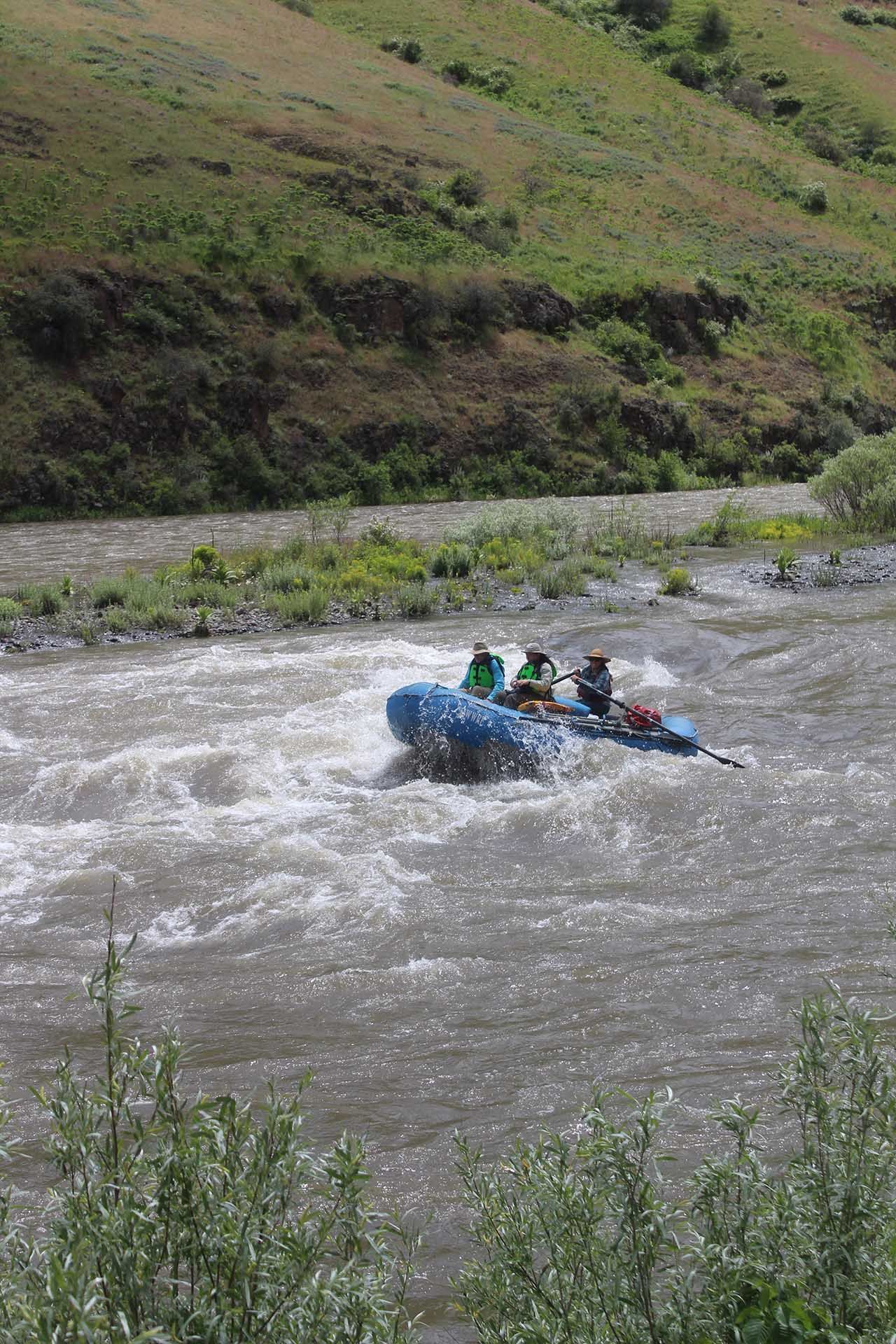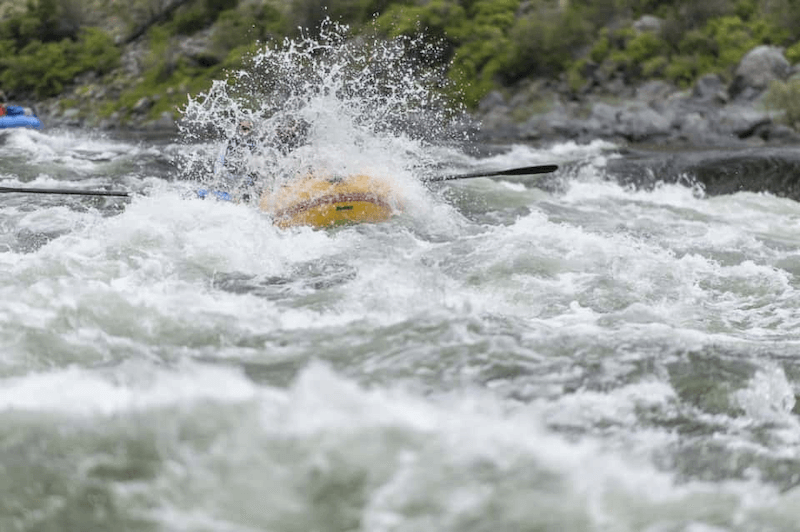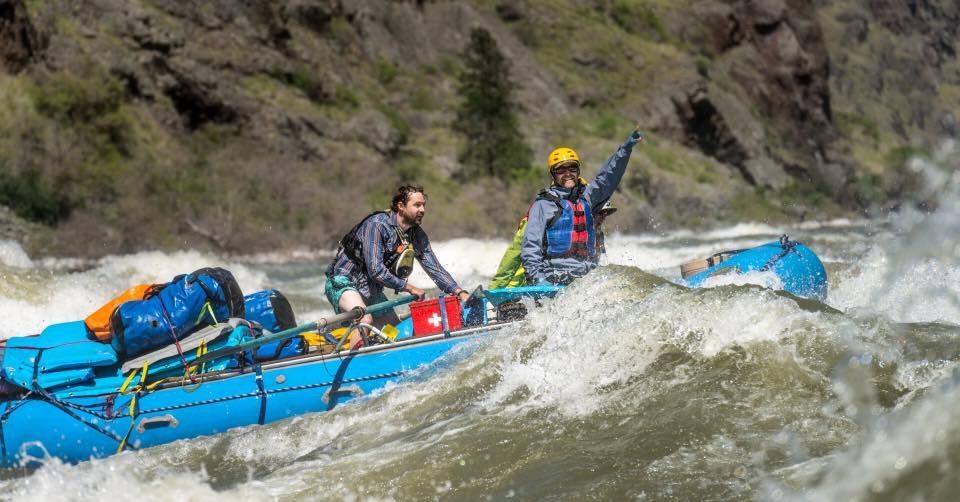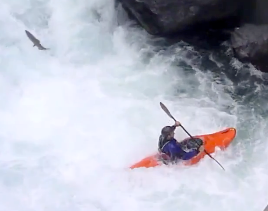Navigating the Rapids: A Guide to Understanding River Classifications
Whitewater rafting is an amazing adventure that allows you to immerse yourself in the beauty of nature, experience the thrill of the outdoors, and create lasting memories with friends or family. The excitement of navigating fast-moving rivers, splashing through white water rafting rapids, and working together as a team can make for an unforgettable experience. However, before going on your rafting journey, it's important to understand river classifications. These ratings provide essential information about the difficulty and potential hazards of different river sections, helping paddlers assess the challenge level and prepare accordingly.
Whether you’re a first-time rafter or someone with some experience under your belt, familiarizing yourself with these classifications and levels of whitewater rafting will ensure a safer, more enjoyable adventure. In this guide, we’ll break down the different river grades, what they mean, and what you can expect as you navigate the waters.
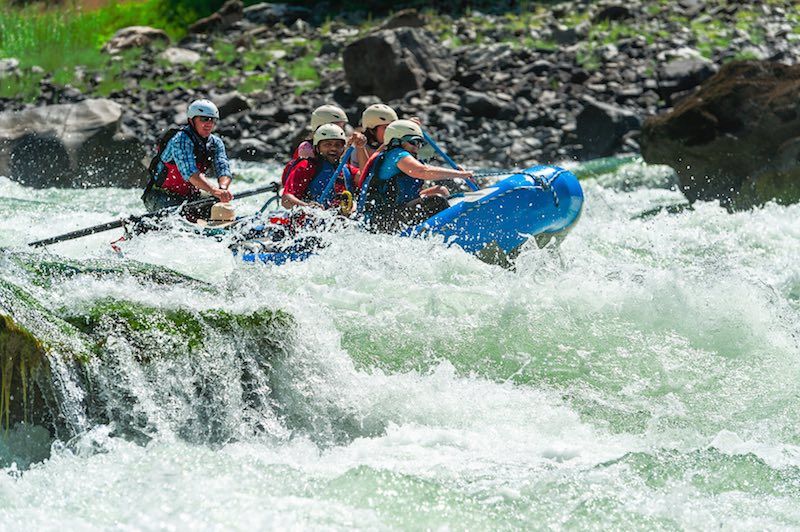
Understanding the International Scale of River Difficulty
The International Scale of River Difficulty sorts rivers into six classes, ranging from calm waters to extreme and dangerous rapids. Each classification explains the level of challenge and skill needed, so you can pick a river that suits you. This rapids classification is essential knowledge for any rafter.
Class I: Easy
Class I rivers are great for rafting for beginners and families. The water moves smoothly with very few obstacles. These sections are perfect for relaxed paddling or taking in the scenery. You might see small ripples, but there’s almost no risk involved. These are class 1 rapids—ideal for those just starting out.
Class II: Novice
Class II rivers are still beginner-friendly but offer a bit more excitement. You’ll encounter moderate waves and a few obstacles, but they’re easy to avoid with basic paddling skills. These rivers are usually wide and clear, making them a good choice for groups with varying experience levels. These class 2 rapids or class 2 rivers are a great next step in your rafting journey.
Class III: Intermediate
Class III rapids bring a noticeable step up in intensity. They have stronger currents, irregular waves, and narrower paths. You might get splashed and bumped around a bit as you navigate medium-sized waves and small drops. These sections are great for people with some rafting experience who want more action. You might be wondering, "are class 3 rapids dangerous?" They can be challenging but are manageable with the right skills and guidance. Many whitewater rafting classes cover how to handle these.
Class IV: Advanced
Class IV rapids are challenging and require strong paddling skills. These waters are fast and turbulent, with big waves, sharp drops, and more complicated obstacles. You’ll need to stay focused and work as a team, often with guidance from an experienced leader. These rapids are ideal for experienced rafters looking for a challenge. Also known as Class IV whitewater rafting, these waters push paddlers to their limits.
Class V: Expert
Class V rapids are intense and require expert paddling skills, physical endurance, and a solid team. They include long stretches of violent water, large drops, and very little room for error. Rescue options are limited, so preparation is key. Only attempt these rapids if you have a lot of experience and the proper gear. These are often referred to as class 5 rafting. The terrain for class 5 rafting is among the most demanding, and it’s where extreme white water rafting truly comes alive.
Class VI: Extreme and Exploratory
Class VI rapids are the most dangerous. They’re unpredictable and carry significant risk, even for professionals. These rapids are usually tackled only for exploration or under controlled conditions. They’re not suitable for recreational trips. If you’re curious about the nature of class 6 white water rafting, know that these waters are often considered unrunnable or only for experts in exceptional conditions.
Rapids and Raft Types: What You Need to Know
When picking a rafting trip, think about your experience, fitness level, and how much excitement you want. Beginners should stick with Class I or II rapids to get comfortable and learn the basics. If you’ve rafted before, Class III rapids might be a fun challenge. For seasoned paddlers, Class IV and V sections offer a more demanding experience. Make sure to consult with guides and follow their recommendations if you’re unsure.
Common Raft Types for Whitewater Rafting
- Common Raft Types for Whitewater RaftingWhen picking a rafting trip, think about your experience, fitness level, and how much excitement you want.
- Inflatable Rafts: The most popular choice, these durable boats come in various sizes and are designed to handle different river classes.
- J-Rig Raft: A larger, stable raft often used for multi-day trips on big rivers like the Colorado River. It features a rigid frame and multiple pontoons for added safety and space.
- Cataraft: A raft with two pontoons connected by a frame, offering excellent maneuverability and speed, great for expert rafters tackling challenging rapids.
- Duckies (Inflatable Kayaks): Smaller, highly maneuverable boats for experienced rafters wanting a more personal and agile ride.
- Self-Bailing Rafts: Designed to quickly drain water that splashes in, making them ideal for rougher, high-class rapids.
Factors to Consider When Choosing a Raft Type
- River Difficulty: Match your raft type to the rapids classification and white water rafting levels you'll encounter.
- Group Size: Larger groups may prefer j-rig rafts or bigger inflatable rafts, while solo or duo rafters may opt for duckies or catarafts.
- Trip Length: Multi-day trips often require bigger, more stable rafts with storage space.
- Skill Level: Beginners benefit from more stable and forgiving rafts, while experts might choose agile and faster boats.
Why River Classifications Matter
River classifications help you plan your trip, match your skills to the right river, and stay safe. They also emphasize the importance of proper equipment and having knowledgeable guides. Many companies, like us (Winding Waters Rafting), offer trips tailored to different skill levels, so you can enjoy your time on the water without unnecessary risks. Check out our different trips now!
Safety Tips for WhiteWater Rafting
Rafting is fun, but safety should always come first. Here are some basic tips to keep in mind:
- Wear Proper Gear: Always use a certified life jacket!
- Listen to Your Guide: Pay attention to their advice and instructions.
- Stay Hydrated: Paddling can be tiring, so drink plenty of water.
- Know Your Limits: Choose rapids that suit your skill level and comfort.
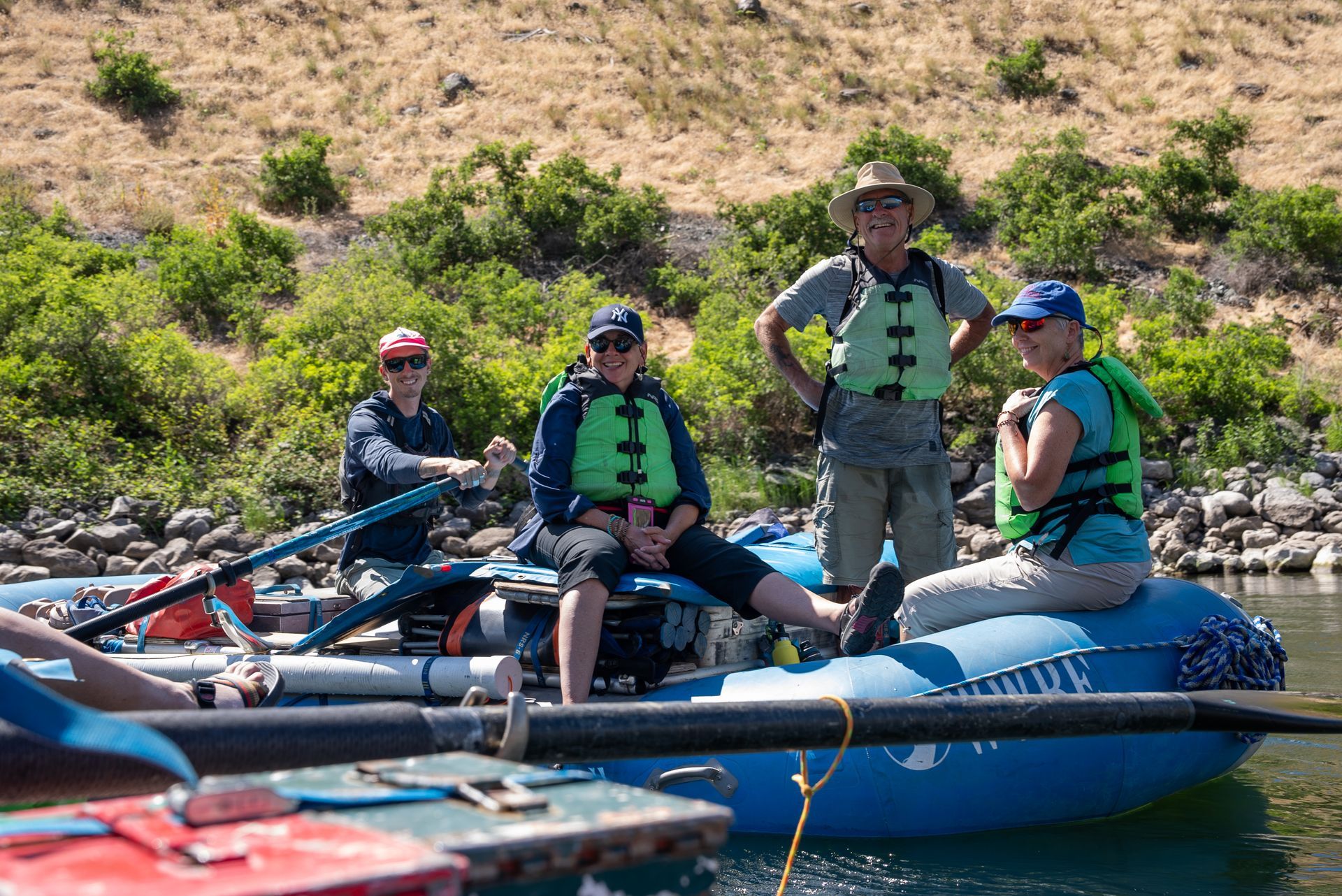
Ready to Plan Your Rafting Trip?
If you’re ready to plan your rafting trip, check out the Whitewater Rafting trips offered by Winding Waters Rafting in Oregon and Idaho. Whether you want a calm float down the river or a more intense ride through the rapids, there’s something for everyone. From class 3 rafting and class 4 river rafting to exhilarating class 5 river rafting, we have the right adventure for you.
You may also want to check out our Google Business Profile Reviews to know what our customers think about us! Take the next step and book your trip today. The river is waiting for you!

